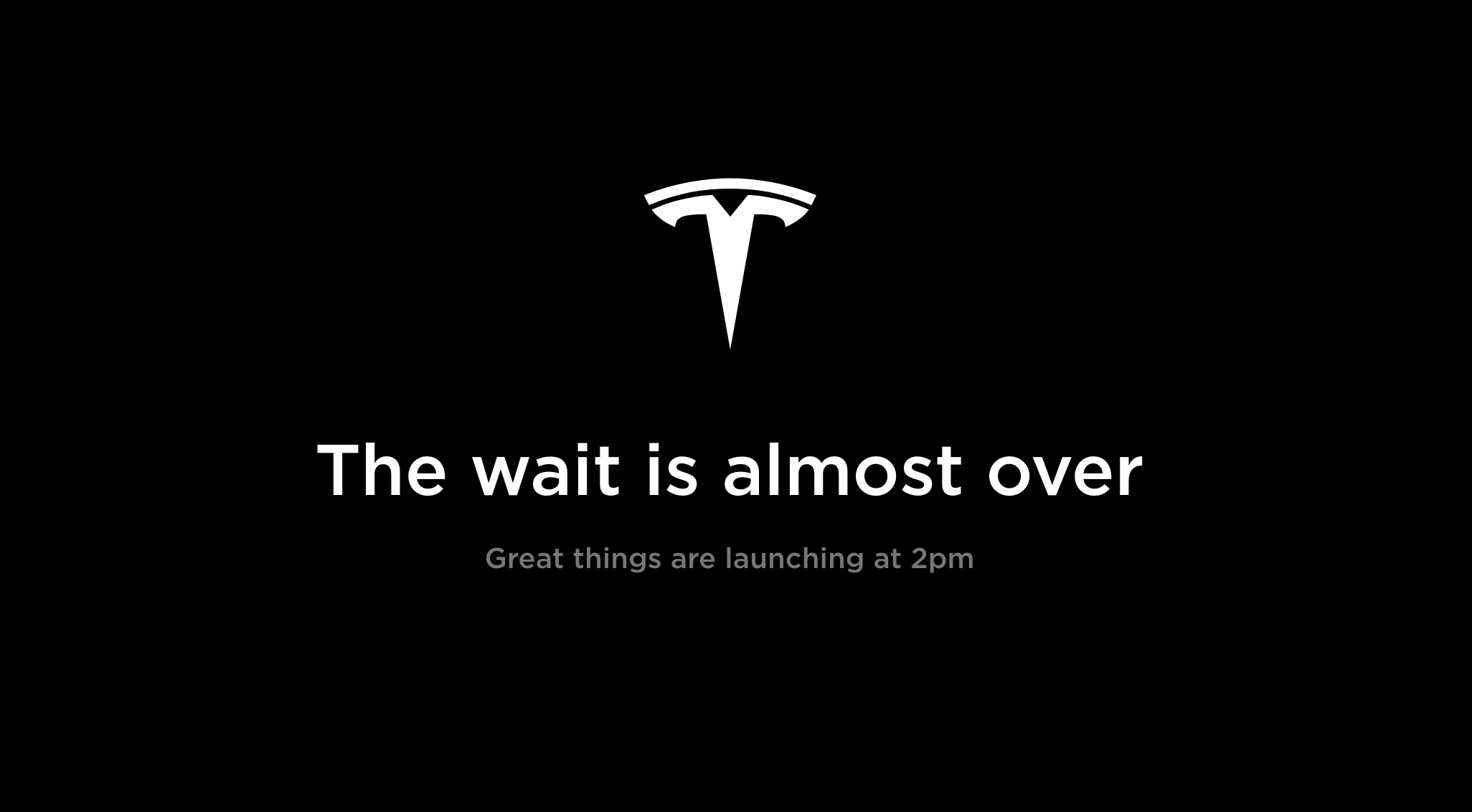The long-awaited $35,000 Tesla Model 3 has finally arrived, three years after CEO Elon Musk promised to bring the electric vehicle to market at that price point. But that cheaper Model 3 comes with a dramatic shift for Tesla.
Tesla said that to achieve this lower price it will shift all sales globally to online only, meaning the company will be closing many of its stores over the next few months. The stores that remain, in high-traffic locations, will be turned into information centers, Musk said on a call with reporters.
“Shifting all sales online, combined with other ongoing cost efficiencies, will enable us to lower all vehicle prices by about 6% on average, allowing us to achieve the $35,000 Model 3 price point earlier than we expected,” the company wrote in a post.
Tesla announced Thursday that the $35,000 version will have a 220 miles of range and be able to reach a top speed of 130 miles per hour.
The company also said it’s introducing a Model 3 Standard Range Plus version, which offers 240 miles of range, a top speed of 140 mph, and 0-60mph acceleration of 5.3 seconds as well as most premium interior features at $37,000 before incentives.
“I’m excited to finally meet this goal, which has been insanely difficult,” Musk said on a call with reporters.
This is a developing story.
Just hours before the announcement, the “order” webpages for the Model 3, Model S and Model X vehicle redirected to show message that read “The wait is almost over.” Below the main message, it read “Great things are launching at 2 pm.”
Tesla CEO Elon Musk tweeted Feb. 27 “Some Tesla news,” followed by equally vague tweets “2 pm” and “California.”
The tweets had led to widespread speculation of what Musk would announce. Others argued that the teasing tweets were merely a tactic to distract investors and the media from his recent scuffle with the U.S. Securities and Exchange Commission.
The SEC asked a judge Feb. 25 to hold Musk in contempt for violating the settlement agreement reached with the agency last year. The SEC argued that a tweet sent by Musk on February 19 violated their agreement. Musk is supposed to get approval from Tesla’s board before communicating potentially material information to investors.
A U.S. judge issued an order Feb. 26 that gives Musk until March 11 to explain why he should not be held in contempt for violating a settlement agreement with the SEC.
This is a developing story.
from TechCrunch https://ift.tt/2NBxByS
via IFTTT

Comments
Post a Comment